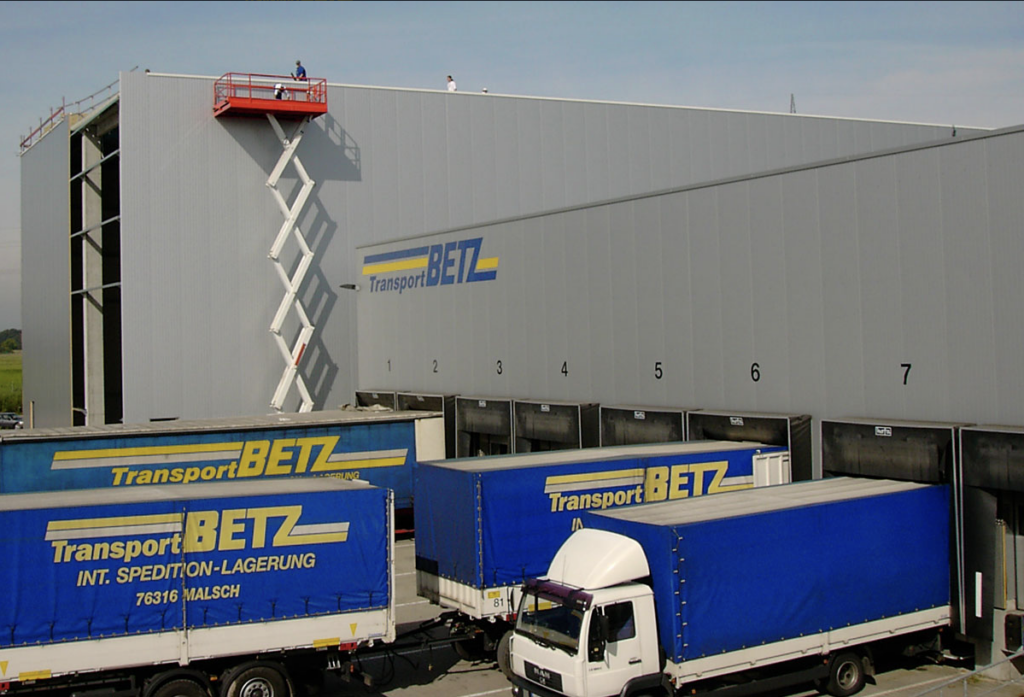Standard versus customized software - and the conversion problem.
Planning is the be-all and end-all.
Interview with Dirk Bingler - Spokesman of the Management Board of GUS ERP GmbH.
ERP systems have long been standard in SMEs. What do you think are the reasons why the interaction between different ERP systems, for example those of customers and suppliers or those of subsidiaries and corporate headquarters, is still difficult and complex today?
A key point is that many SMEs operate their ERP systems on-premise in their secure company network. Establishing a connection to other business partners is therefore time-consuming and always involves security risks.
Dirk Bingler
The ERP connection to external systems (CRM, WMS, PIM, online store) is often just as difficult. Does this have the same causes - or are there additional aspects?
By and large, this has similar causes. However, the variety of CRM, WMS and PIM systems or even web stores is much greater than with ERP applications. In addition, message types between these systems are even less standardized. The basic prerequisite is that an ERP system supports all common and modern communication protocols, such as REST. In general, companies that use other IT applications in addition to ERP should clearly define which system is the leading one for which data. So is an item description stored in the ERP or in the PIM? Or do I record my contact person for a prospective customer in the CRM or ERP system?
Dirk Bingler
To what extent would shared data models, such as those being pursued by Adobe, Microsoft and SAP with their Open Data initiative launched in September 2018, improve the interaction of ERP systems with each other and with third-party systems?
The idea is basically very good. However, such an approach requires that the in-house ERP system also supports the shared data model and that the information is synchronized centrally, for example in the Azure Cloud. If the data is available centrally for all applications, the necessary business rules remain decentralized in the respective applications.
Dirk Bingler
One problem with integration today is called "interface": What do you recommend IT managers do to avoid or at least master the notorious interface problem?
Thorough planning is the be-all and end-all. IT managers should create a map of all data objects and data flows across all applications used in the company. The leading systems should be defined for each business object. Based on this, the optimal distribution strategy (central integration platform, hub and spoke, etc.) and thus also the interfaces can be defined.
Dirk Bingler
EDI systems have long been a proven interface between ERP systems, especially across company boundaries. What is still missing from proven standards such as EDIFACT? Over 200 clearly defined "EDIFACT messages" have already been created there, via which ERP systems can exchange orders, invoices, shipping notifications, consignment notes or customs declarations in an unambiguous manner.
That's right, EDIFACT has been a tried and tested standard for years. Nevertheless, the implementation and use of EDI systems is still relatively complex and expensive. In addition, standards such as EDIFACT are primarily geared towards business transactions between companies and are less suitable for PIM or CRM systems. Despite all the standardization, individual agreements between the business partners, especially regarding data content (e.g. what are mandatory fields and what are not), are generally not possible.
Dirk Bingler


